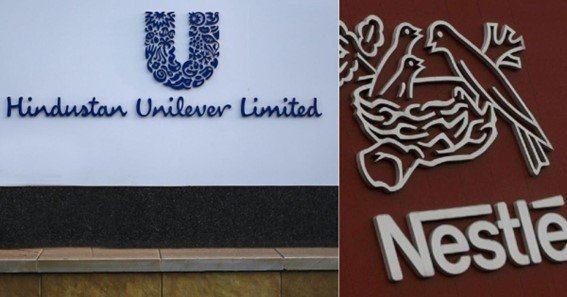When discussing the giants of the FMCG sector in India, Hindustan Unilever vs Nestlé often comes up as a key comparison. Both companies dominate their respective categories, offering a wide array of products to millions of consumers. However, understanding the differences between these two global leaders requires an in-depth look at their market strategies, product portfolios, and financial performance. Let’s dive into the comparison.
Hindustan Unilever vs Nestlé: A Comprehensive Comparison
The battle of Hindustan Unilever vs Nestlé revolves around their unique strengths. While Hindustan Unilever (HUL) focuses on a broader range of products across personal care, home care, and foods, Nestlé specializes in nutrition, dairy, and beverages.
1. Hindustan Unilever vs Nestlé Product Portfolio
- Hindustan Unilever: HUL’s portfolio spans personal care (Dove, Lux), home care (Surf Excel, Vim), and food products (Kwality Wall’s, Kissan). Its diverse offerings make it a household name.
- Nestlé: Nestlé’s strength lies in its focus on nutrition, beverages, and convenience foods. Iconic products like Maggi, Nescafé, and Cerelac drive its success.
2. Hindustan Unilever vs Nestlé Market Share
When comparing Hindustan Unilever vs Nestlé market share, both companies hold significant influence in their respective categories:
- Hindustan Unilever leads in personal care and home care segments.
- Nestlé dominates the packaged food market, particularly in instant noodles and infant nutrition.
3. Hindustan Unilever and Nestlé Revenue Comparison
The Hindustan Unilever and Nestlé revenue comparison reveals their distinct market approaches:
- HUL generates revenue through a diversified product mix catering to a wide range of consumer needs.
- Nestlé’s revenues are heavily driven by a few high-performing categories, such as dairy, nutrition, and beverages.
4. Hindustan Unilever vs Nestlé Growth Strategy
The Hindustan Unilever vs Nestlé growth strategy reflects their individual priorities:
- Hindustan Unilever invests heavily in rural markets and sustainability initiatives, ensuring long-term growth.
- Nestlé focuses on product innovation and health-oriented offerings to stay ahead in its niche segments.
Differences Between Hindustan Unilever and Nestlé
- Market Focus: HUL operates across multiple consumer categories, while Nestlé focuses on food and nutrition.
- Geographical Reach: Both companies have a strong presence in urban and rural areas, but HUL’s distribution network in India is broader.
- Product Innovation: Nestlé’s emphasis is on health and wellness, whereas HUL balances innovation across diverse product categories.
Financial Performance of Hindustan Unilever and Nestlé
In terms of profitability, both companies show strong results:
- HUL consistently posts higher operating margins due to its extensive product portfolio.
- Nestlé benefits from premium pricing in its niche segments, maintaining strong margins.
In conclusion, the ongoing competition between Hindustan Unilever vs Nestle continues to shape the consumer goods market, driving both innovation and strategic growth.
FAQ
1. What is the key difference between Hindustan Unilever and Nestlé?
Hindustan Unilever has a broader product portfolio spanning multiple categories, while Nestlé focuses on nutrition, beverages, and convenience foods.
2. Which company has a larger market share in India?
HUL leads in personal and home care, while Nestlé dominates in packaged foods like instant noodles and infant nutrition.
3. How do Hindustan Unilever and Nestlé compare in revenue?
HUL generates revenue from a wider range of products, while Nestlé’s revenue is concentrated in a few high-performing categories.
4. What is Hindustan Unilever’s growth strategy?
HUL focuses on rural expansion, product diversification, and sustainability initiatives to drive growth.
5. How does Nestlé maintain its market dominance?
Nestlé emphasizes health-oriented products, premium pricing, and strong branding to maintain its competitive edge.
Disclaimer: This article is for informational purposes only and should not be taken as financial advice. Always consult a financial advisor for investment decisions.










